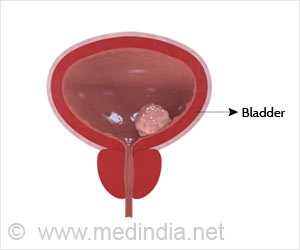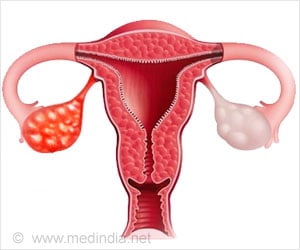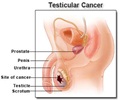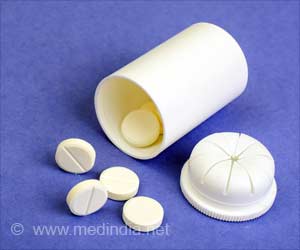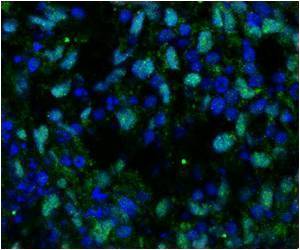A chemotherapeutic drug-induced deafness might be prevented by targeting stria vascularis a region of the cochlea. The drug which induces this hearing loss is cisplatin.

‘Accumulation of cisplatin in the stria vascularis portion of the inner ear has shown to contribute to the cisplatin-related hearing loss. This toxic accumulation of cisplatin has to be prevented from entering stria vascularis in the inner ear which is responsible for hearing loss’





Cisplatin and similar platinum-based drugs are prescribed for an estimated 10 to 20 percent of all cancer patients. The NIH’s National Cancer Institute supported research that led to the 1965 discovery of cisplatin and continued development leading to its success as an essential weapon in the battle against cancer. The drugs cause a permanent hearing loss in 40 to 80 percent of adult patients and at least half of children who receive the drug. The new findings help explain why cisplatin is so toxic to the inner ear, and why hearing loss gets worse after each treatment, can occur long after treatment, and is more severe in children than adults.
"Hearing loss can have a major impact on a person’s life," said James F. Battey, Jr., M.D., Ph.D., director of NIDCD. "Many adults with hearing loss struggle with social isolation and depression, among other conditions. Children who lose their hearing often have problems with social development and keeping up at school. Helping to preserve hearing in cancer patients who benefit from these drugs would be a major contribution to the quality of their lives."
Lisa L. Cunningham, Ph.D., chief of the NIDCD Section on Sensory Cell Biology, led the research team, which included scientists from the National Institute on Minority Health and Health Disparities (NIMHD) and the National Center for Advancing Translational Sciences (NCATS). Support for data analysis was provided by Electro Scientific Industries, Inc., of Bozeman, Montana.
In most areas of the body, cisplatin is eliminated within days or weeks after treatment, but in the inner ear, the drug remains much longer. Previous research focused on why the inner ear is more sensitive than other parts of the body to cisplatin-induced damage. The NIH team pursued a new angle on the problem: What if the inner ear is not able to get rid of cisplatin, and cells in the inner ear important for hearing die because they are exposed to the drug for a long time?
Advertisement
They also studied inner ear tissue donated by deceased adult patients who had been treated with cisplatin, and observed that cisplatin is retained in the inner ear many months or years after treatment. In addition, when they examined inner ear tissue from one child, they found cisplatin buildup that was even higher than seen in adults. These results suggest that the inner ear readily takes up cisplatin, but it has very little ability to remove the drug. In mice and human tissues, the research team saw the highest buildup of cisplatin in a part of the inner ear called the stria vascularis, which helps maintain the positive electrical charge in inner ear fluid that certain cells need to detect sound. The research team determined that the accumulation of cisplatin in the stria vascularis portion of the inner ear contributed to cisplatin-related hearing loss.
Advertisement
Source-Eurekalert

